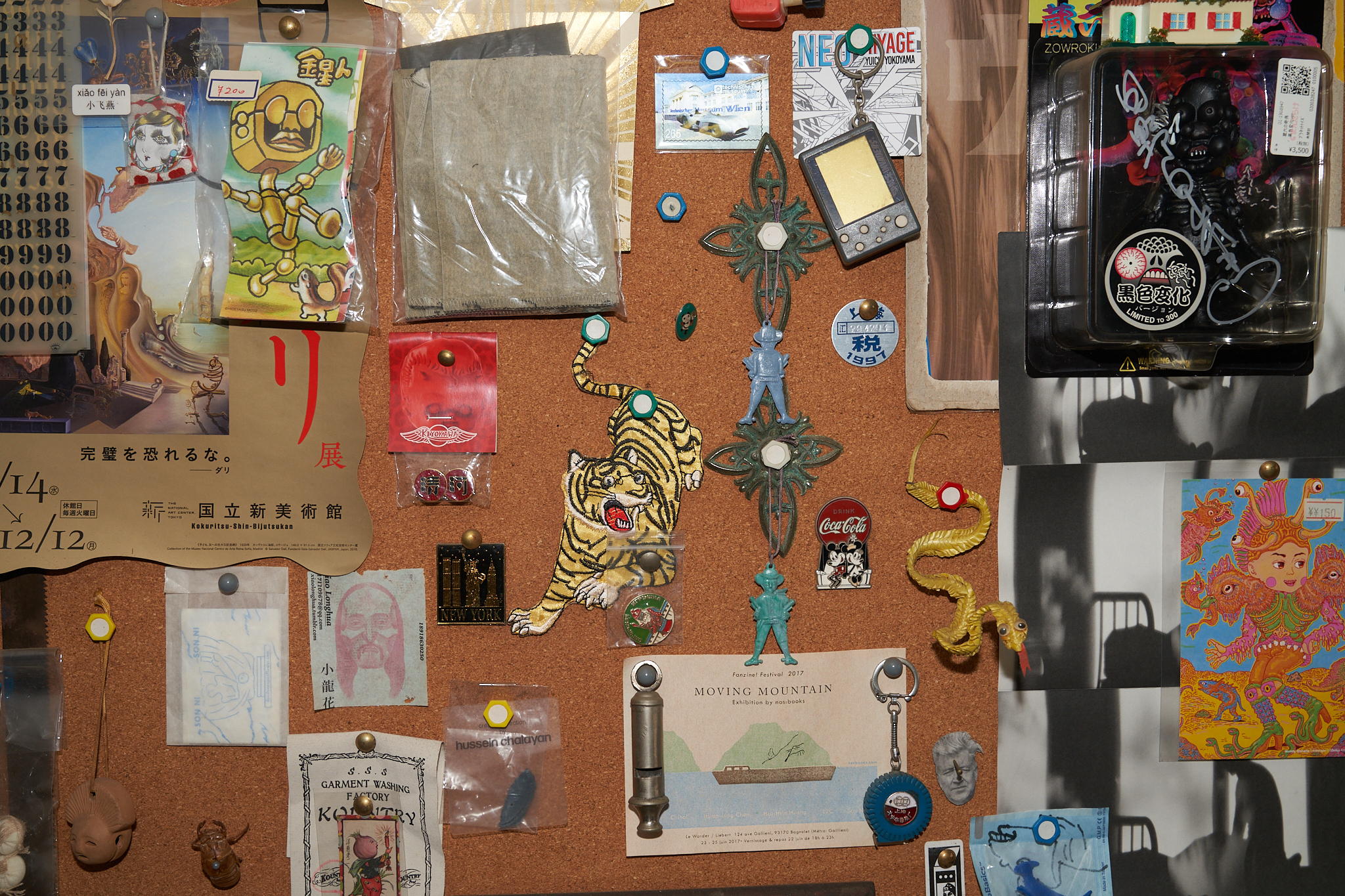INTERNATIONAL DESIGN EXHIBITION OF THE 2011 CHENGDU BIENNALE
| February 7, 2012 | Post In LEAP 12

For its fifth installment, the Chengdu Biennale was transformed from a privately funded exhibition into a state-run cultural event. In the eyes of many, this example of “re-nationalization” hints at an official recognition of the value of events of this kind; to adopt the vocabulary of business marketing, the Chengdu Biennale as we know it has become a “business card” used to promote Chengdu culture. This being so, Chengdu Biennale this year has grown an extra layer of skin that glows with internationalism. On a more fundamental level, it has also changed as a contemporary art exhibition: this year, both design and architecture have been added to its repertoire, which leads one to associate it with that European city so famous for its own biennale.
Perhaps stemming from economic considerations, the design exhibition, titled “The Solutions,” was held on the same floor as the contemporary art show “Pure Views”; as the latter was made up almost entirely of paintings, the former displayed more diversity in formal range. Although the titles of both read eloquently, as if lifted from the books of ancient literati, the allusive “solution” refers directly to the relationship between design and social engineering, focusing on the possibility that the designer could shrug off the burden of employment in exchange for an independent practice driven by social construction. In the essay written by curator Ou Ning, the system of values at work—no matter if expounding theory or providing examples of it—is wholly Western. So as we encounter this scenario, one side of “Pure Views” discusses themes of Chinese culture, and the other, the primacy of the individual.
Although the central idea of the “Bishan Project” (see feature, LEAP 11)—the exhibition’s special feature—of rural reconstruction in China is perhaps an intellectual utopia, it appears far more sincere than “Pure Views,” which is essentially a studio-bound project that consists of producing imitations of classical paintings in the name of “cultural revival.” At least “Bishan Project” presents a fresh dimension of reality, and not some kind of vapid aesthetic fantasy, even if it is based on a kind of political “correctness.”
As for the implementation of the theme, another aspect of the design exhibition reveals itself as seriously flawed: independence and experimentalism are often paired together. While we are often likely to find works that appear interesting, outsiders might find it very difficult to perceive their subtleties. For example, while it can’t be said that the projects based on literary works carried out by four well-known Chinese architects were not exceptionally imaginative spatial experiments, to ask the audience to respond to the space-time dimension of a literary narrative by looking at an intricate mock-up is certainly a lot to ask. At the same time, the effects of the assimilation of contemporary art into design exhibitions is also worthy of reflection, as certain good design works in “The Solutions” suffered from this growing trend. One example was Ying Yun-Wei’s font design (see feature, LEAP 10). In the design world, his research into and design of traditional Chinese fonts commands respect and recognition. But here, three of his fonts were printed onto IV drip bags, which were then arranged to form blue, white and red threedimensional evolving matrices, the effect of which lead one to feel that Ying lacks experience in crossover projects. The various problems exposed in “The Solutions” reflect precisely the difficulties that arise when independent design enters the sphere of social engineering: on the one hand it wants to protect its own industry’s ability to cater to and amuse itself, on the other it tries to protect itself from discarded by the mighty power of the social system. And this, to be sure, is an entirely philosophical proposition at heart. Sun Dongdong (Translated by Dominik Salter Dvorak)

